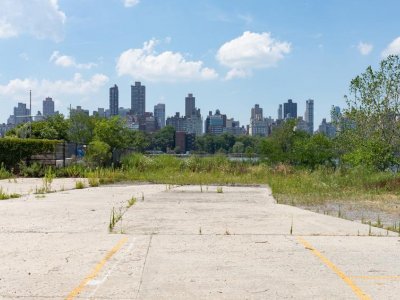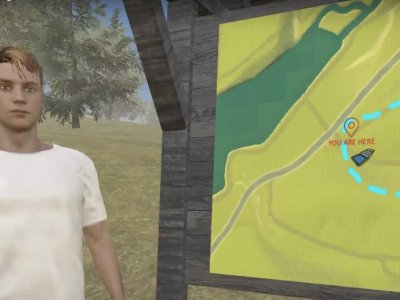The purpose of our collaboration is to develop an interdisciplinary program of research aimed at using and understanding how immersive virtual experiences and simulations (IVE&S) can educate the public about the Critical Zone (CZ) and, more specifically, the Food-Energy-Water (FEW) Nexus. We propose that immersive virtual experiences in the CZ (which have never been created) can enhance systems thinking, connections to nature, and emotional states that will facilitate awareness of the FEW Nexus and support for efforts to address related security issues. Our specific aims and objectives are to: 1) introduce the CZ into the lexicon of the public; 2) determine the value of teaching about the CZ using IVE&S for greater understanding of the CZ, awareness of the FEW Nexus, and support for FEW policies; 3) determine whether these materials have the desired impact via the development of systems thinking, activating curiosity and awe, and seeing the self as part of nature; and 4) use this research as a “proof-of-concept” to seek additional funds to expand our work.
This project connects with current research on the FEW nexus at Penn State, particularly efforts to engage the general public, faculty, staff, and students in support for and participation in real-world solutions for issues considering food, energy, and water security. Our work would contribute to growing use of IVE&S in informal science learning centers, which reach millions of people each year, and provide a unique application of this medium to study how, why, and for whom such technology fosters enhanced awareness and appreciation of the FEW nexus and support for efforts to improve food, energy, and water security.
Resulting Funding
- White, T., McDowell, W., Swim, J.K. (2021-2024). Belmont Forum Collaborative Research: Abandonment and rebound: Societal views on landscape- and land-use change and their impacts on water and soils (ABRESO) National Science Foundation. ($1,531,825).
Resulting Publications
- Sajjadi, Pejman, Mahda M. Bagher, Zheng Cui, Jessica Myrick, Janet K. Swim, Timothy S. White, and Alexander Klippel. “CZ investigator: Learning about critical zones through a VR serious game.” In 2020 IEEE Conference on Virtual Reality and 3D User Interfaces Abstracts and Workshops (VRW), pp. 603-604. IEEE, 2020.
- Sajjadi, Pejman, Mahda M. Bagher, Zheng Cui, Jessica G. Myrick, Janet K. Swim, Timothy S. White, and Alexander Klippel. “Design of a Serious Game to Inform the Public About the Critical Zone.” In 2020 IEEE 8th International Conference on Serious Games and Applications for Health (SeGAH), pp. 1-8. IEEE, 2020.
- Klippel, A., M. M. Bagher, P. Sajjadi, K. Greenlees, J. Myrick, J. K. Swim, and T. S. White. “Extended Realities-opportunities for increasing public awareness of critical zones.” AGUFM 2019 (2019): PA43A-13.
- Bagher, Mahda M., Pejman Sajjadi, Jessica Myrick, Janet K. Swim, Timothy S. White, Zheng Cui, and Alexander Klippel. “CZ Investigator: A Serious Game to Teach The Concept of Critical Zone.” In AGU Fall Meeting 2020. AGU, 2020.
- Pejman Sajjadi, Mahda M. Bagher, Jessica G. Myrick, Joseph G. Guerriero, Timothy S. White, Alexander Klippel, and Janet K. Swim (2022). Promoting Systems Thinking and Pro-environmental Policy Support Through Serious Games. Frontiers in Environmental. Science. 10:957204.doi: 10.3389/fenvs.2022.957204
Researchers
Alexander Klippel

Jessica Myrick








